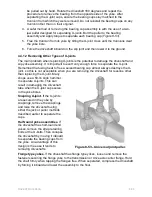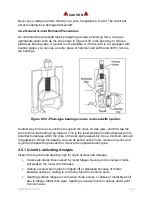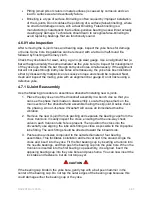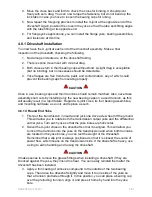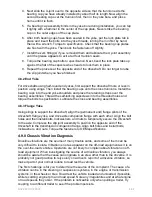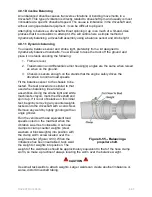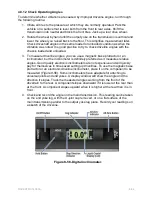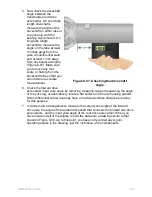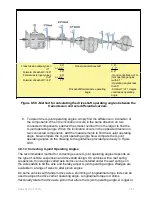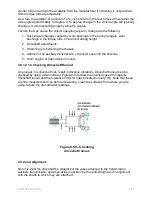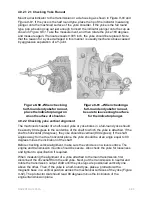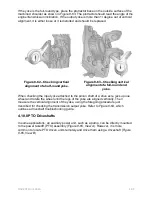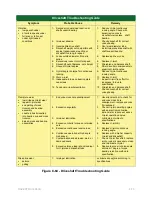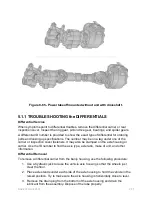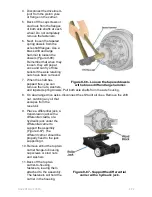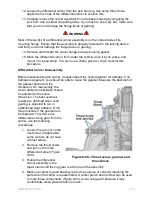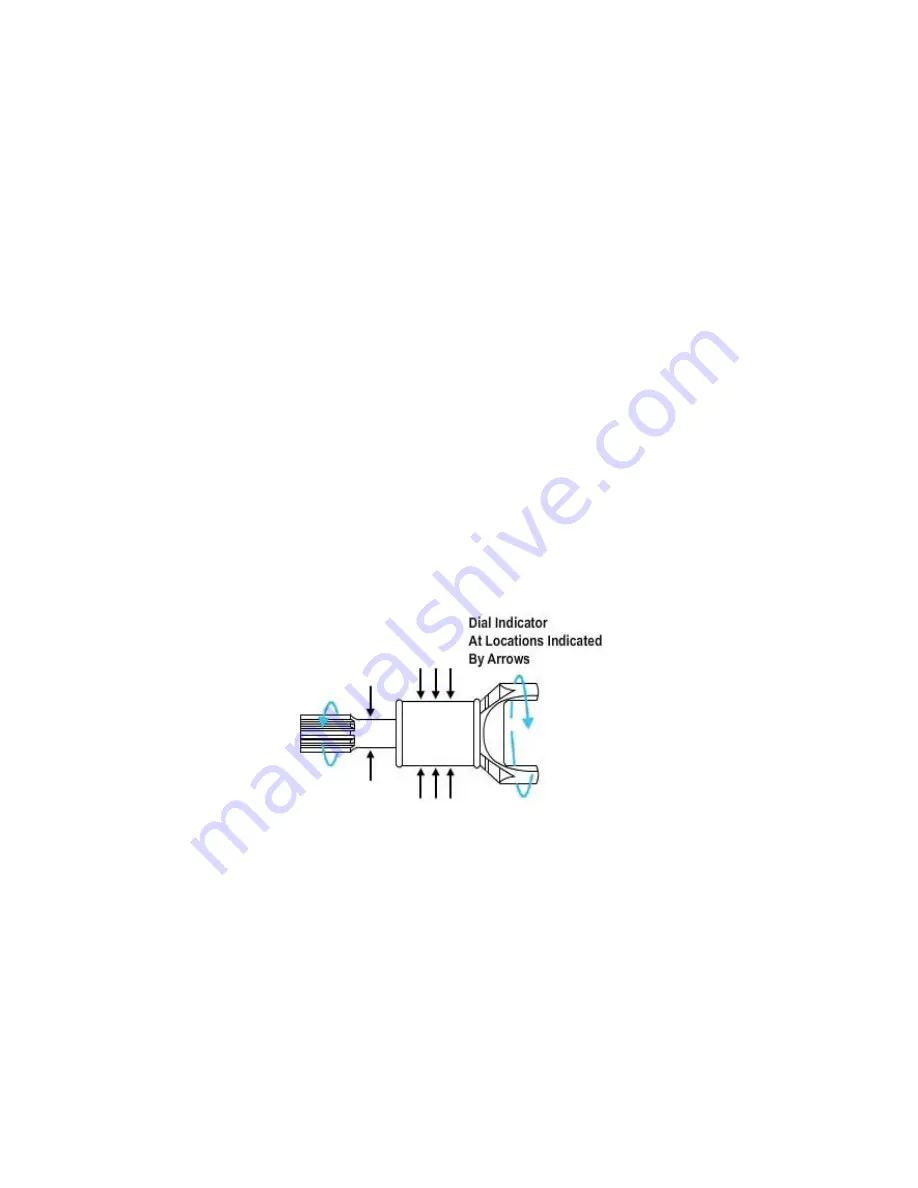
shorter torque rod might be available from the manufacturer if shimming is not practical.
Some torque rods are adjustable.
As a rule, the addition or removal of a %-inch shim from the rear torque arm will alter the
axle angle approximately % degree. A % degree change in the pinion angle will typically
change a U-joint operating angle by about % degree.
Factors that can cause the U-joint operating angle to change are the following:
1. Suspension changes caused by worn bushings in the spring hangers, worn
bushings in the torque rods, or incorrect airbag height
2. Driveshaft adjustments
3. Stretching or shortening the chassis
4. Addition of an auxiliary transmission or transfer case into the driveline
5. Worn engine or transmission mounts
4.9.1.4 1.4 Checking Driveshaft Runout
Any runout in a driveshaft can result in driveline vibrations. Driveshaft runout can be
checked by using a dial indicator.
Figure 8-59
shows the locations used to measure
driveshaft runout and the tolerance limits for total indicated runout (TIR). Note that these
are fine measurements, so before measuring, clean the surfaces from where you are
going to take the dial indicator readings.
Figure 8-59 - Checking
driveshaft runout.
4.9.2 and Alignment
Not only must the driveshaft be straight but the yokes attached to the transmission,
auxiliary transmission, and drive axles must also be true and straight and in alignment
with the shafts to which they are attached.
NAVEDTRA 14050A
8-67






